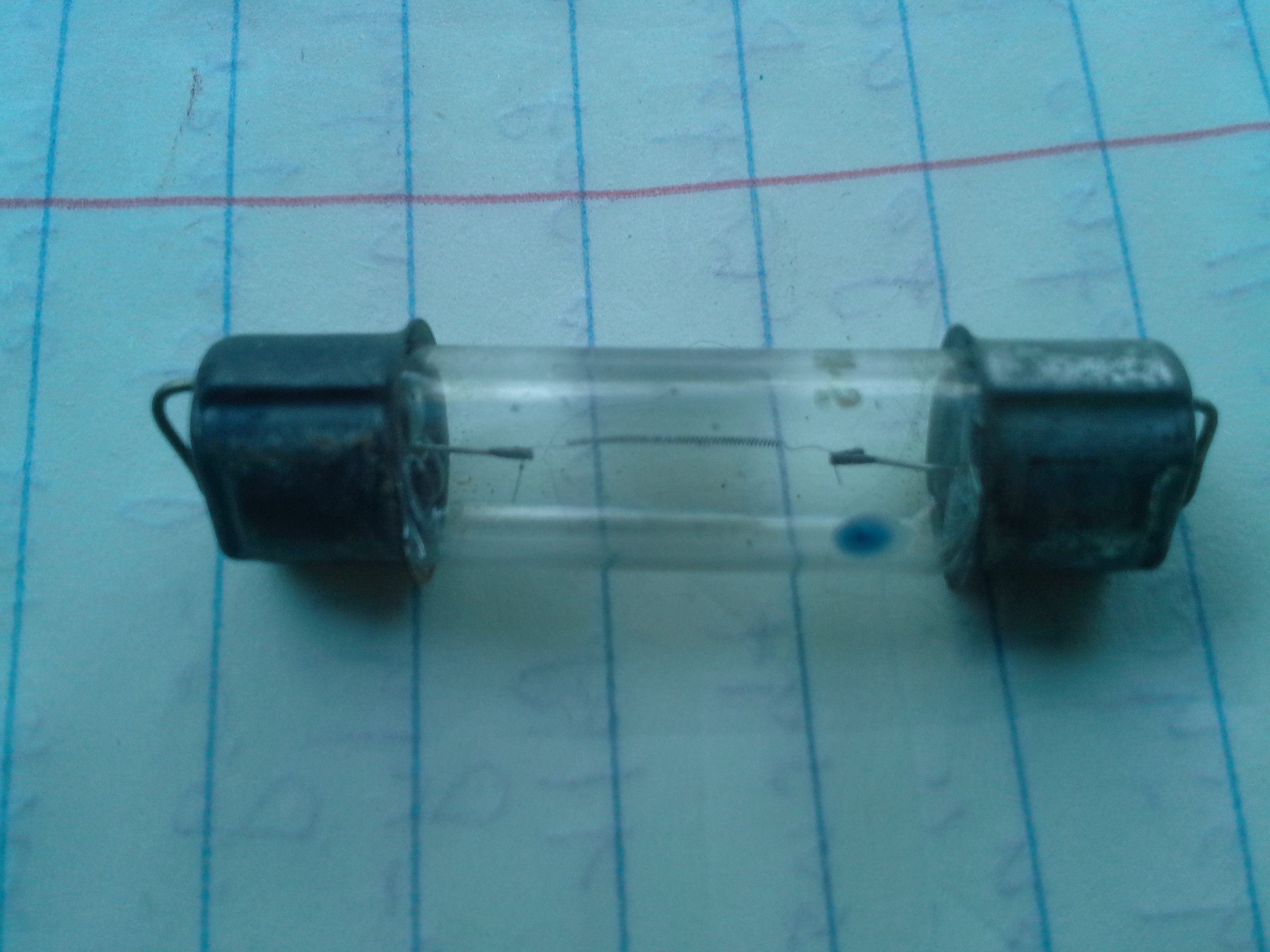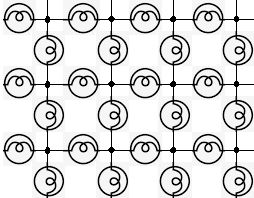Alright! First experiments run...
Used the dome-light in my van... 12V, DC, unknown watts/amps.
Summary: Resistance DEcreases with heat, INcreases as it cools.
Reality inverted, or something.

It takes a couple seconds to return to normal (cold) resistance of around 1ohm... So, there's "memory" there, just not as-expected.
I guess we also have an inductor... But, really?
And... say they did use a different material where resistance decreases with heat... wouldn't it just burn out? Hmmm.
This inverted-case could, however, be beneficial... Say one wishes to refresh a bulb in a grid (ala @roelh 's "challenge" and image on this project's front-page), surrounding that bulb are three others, roughly in-series, to the left, and three others again in series to the right.

In the *expected* case, where resistance increases with heat, we might, say, have 100ohms on our recently-lit (binary 1) bulb, and 10ohms on all the others (they were off, binary 0). That'd (roughly) give 3 parallel resistive paths of 30ohms, 100ohms, and 30ohms. Powering our bulb to refresh/reheat it, then, would send more current through our off bulbs than through our on bulb, possibly heating them enough to toggle their value (as measured/thresholded).
OTOH, in this case, where resistance appears to DEcrease with heat, the surrounding 'off' bulbs will get *less* current than the bulb we intend to refresh/reheat.
That's ideal. But definitely not what was expected... So, it may be that, really, we're not messing with heat-memory but magnetic-memory (inductance), or some combination(?).
Does it matter?
Well, for one thing, it suggests that the bulbs' characteristics may play a major role in the circuitry. So, buy and experiment with ones you can easily get in bulk!
 Eric Hertz
Eric Hertz
Discussions
Become a Hackaday.io Member
Create an account to leave a comment. Already have an account? Log In.